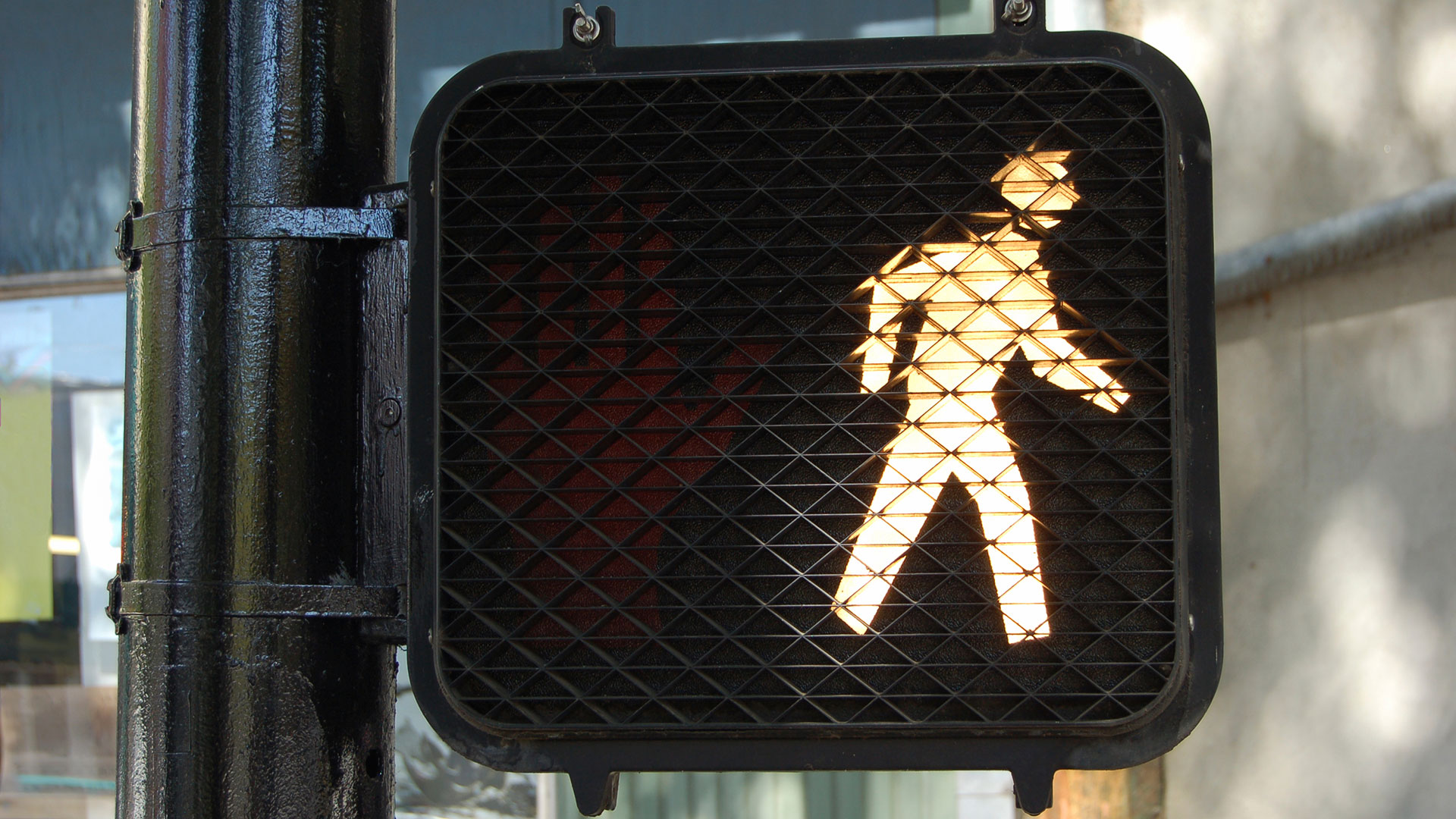January 29, 2024
A leading pedestrian interval (LPI) allows pedestrians to enter a crosswalk 3-7 seconds before vehicles are given the green light. By giving people on foot extra time to start crossing the street, LPIs make pedestrians more visible, increase the likelihood that drivers will yield to pedestrians, and ultimately reduce conflicts between the two modes. But do they do this at the expense of operations?
Florida Department of Transportation (FDOT) undertook a study to understand the delay impacts of LPIs to people in cars and on foot. Working with a Kittelson team, FDOT developed simulation models with VISSIM software to explore the operational impacts of LPIs without disrupting real-life traffic. The software simulated vehicle and pedestrian behavior, and Intelight MaxTime SIL was used to model the signal controllers. We also studied the impacts of omitting the permissive portion of protected/permitted left turns.
In total, we developed 16 treatment models to illustrate various stages of LPI and protected/permitted left turns.

The Florida Department of Transportation undertook a study to understand the delay impacts of LPIs to people in cars and on foot.
This study found that LPIs can be implemented with minor to no additional vehicular delays. In these simulations, under low pedestrian volumes, vehicular traffic saw practically no change in operations, meaning that vehicles can continue to progress through the corridor while pedestrians obtain the safety benefit of the LPI. Under moderate pedestrian volumes, some additional delay and queues were experienced, but arguably not enough to outweigh the safety benefits.
In our study, seven car lengths was the maximum queue length increase for through lanes where LPIs were used and the permissive portion of protected/permitted left turns was omitted, and six car lengths was the maximum queue length increase at left turn lanes under these conditions. Learn more about the study here.
